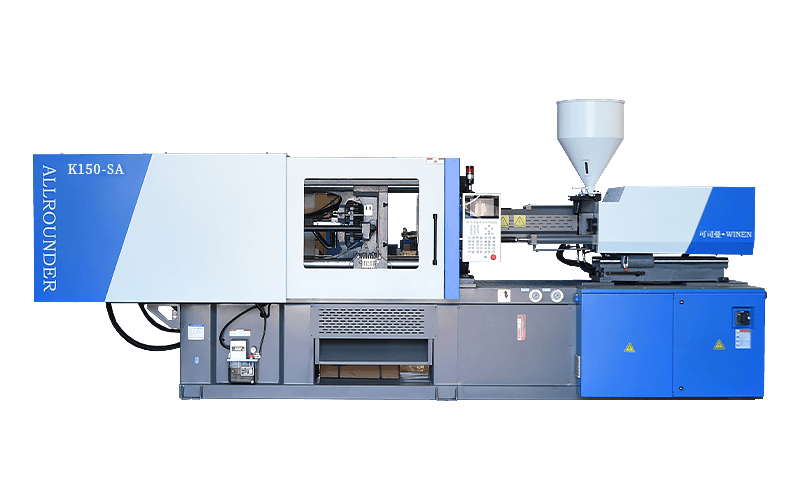Oil-electric high-speed injection machines have gained popularity in the injection molding industry due to their efficient and flexible operation. However, before investing in such machines, it is crucial to conduct a comprehensive cost analysis.
1. Initial Investment:
The cost of purchasing an oil-electric high-speed injection machine is a significant consideration. These machines generally have a higher upfront cost compared to conventional machines due to the integration of both hydraulic and electric systems. However, it is essential to analyze the long-term benefits and productivity gains associated with these machines to determine if the initial investment is justified.
2. Energy Consumption:
Electric systems in oil-electric high-speed injection machines offer better energy efficiency compared to purely hydraulic machines. This aspect can result in significant cost savings in the long run. Analyzing the energy consumption of the machine, considering factors such as idle time, cycle times, and power usage, will help in estimating the operational costs related to energy consumption.
3. Maintenance and Repair Costs:
Maintaining and repairing an oil-electric high-speed injection machine can impact the overall cost of operation. The presence of both hydraulic and electric systems adds complexity to the maintenance process. It is crucial to consider the costs associated with routine maintenance, including oil changes, electrical component checks, and replacement of worn-out parts. Additionally, it is important to assess the availability of spare parts and technical support, as these can impact downtime and operational costs.
4. Productivity and Production Cycle:
One of the key advantages of oil-electric high-speed injection machines is their ability to deliver faster production cycles. Analyzing the impact of reduced cycle times on overall productivity is crucial. Higher productivity levels can translate into increased production output, resulting in better cost efficiency. Factors such as cycle time reduction, minimized scrap rates, and improved quality should be considered while evaluating the cost implications.
5. Return on Investment:
Assessing the return on investment (ROI) is essential when considering the cost analysis of an oil-electric high-speed injection machine. By combining factors such as initial investment, energy consumption, maintenance costs, and productivity gains, one can estimate the payback period and overall profitability associated with the machine. Calculating ROI based on projected production volumes and financial forecasts will help in making an informed decision about the investment.



 English
English 中文简体
中文简体












